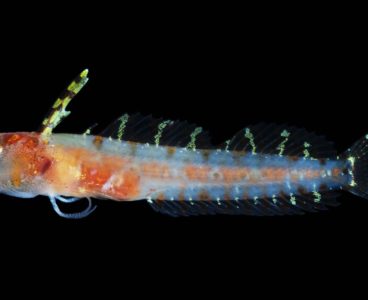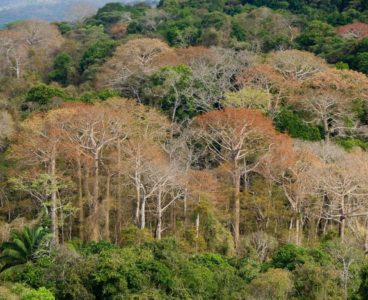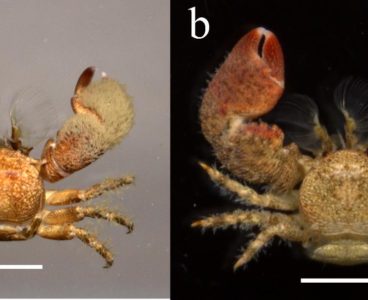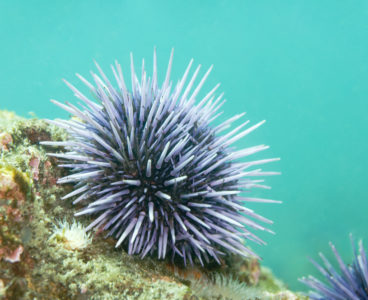A study in the journal Bulletin of Marine Science describes a new, blood-red species of octocoral found in Panama. The species in the genus Thesea was discovered in the threatened low-light reef environment on Hannibal Bank, 60 kilometers off mainland Pacific Panama, by researchers at the Smithsonian Tropical Research Institute in Panama (STRI) and the…
Smithsonian Researchers Name New Ocean Zone: The Rariphotic
Based on the unique fish fauna observed from a manned submersible on a southern Caribbean reef system in Curaçao, Smithsonian explorers defined a new ocean-life zone, the rariphotic, between 130 and 309 meters (about 400 to 1,000 feet) below the surface. The rariphotic occurs just below a previously defined reef zone, the mesophotic, which extends…
Diverse Tropical Forests Grow Fast Despite Widespread Phosphorus Limitation
Accepted ecological theory says that poor soils limit the productivity of tropical forests, but adding nutrients as fertilizer rarely increases tree growth, suggesting that productivity is not limited by nutrients after all. Researchers at the Smithsonian Tropical Research Institute (STRI) resolved this apparent contradiction, showing that phosphorus limits the growth of individual tree species but…
New Porcelain Crab Species from Colombia Named
Despite their names, hermit crabs, king crabs and horseshoe crabs are not true crabs. Neither are porcelain crabs, decapod crab-like crustaceans that live in shallow water throughout the world’s oceans. Researchers working at the Smithsonian Tropical Research Institute (STRI) in Panama and the Justus-Liebig University in Giessen, Germany (JLU), recently identified a new species of…





